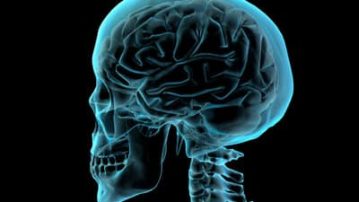Abusive head trauma (AHT) is extremely difficult to diagnose due to its unreliability and insensitive physical examination findings. A clinical prediction rule to identify subtle AHT was validated through a prospective multicenter study. Included in this study were well-appearing, afebrile infants without a history of trauma between the ages of 30-364 days. These infants must have presented one of the following: apparent life-threatening event/apnea, and vomiting more than four times with the absence of diarrhea, seizures, scalp swelling, bruising, or other neurologic symptoms.
The Pittsburgh Infant Brain Injury Score (5-point clinical prediction rule)
| Abnormal Skin Exam | 2 points |
| Age ≥ 3 months | 1 point |
| Head Circumference >85th percentile | 1 point |
| Serum Hemoglobin <11.2 g/dL | 1 point |
Between 2006 and 2014 a total of 1040 patients enrolled in the study. Of those patients, 69% (721) underwent neuroimaging, 21% (214) showed abnormal neuroimaging; of that 21%, 91% had probable or possible trauma. AHT was diagnosed in 10% (109). Lastly, the patients without AHT 6.6% (69) had non-cranial abuse.
In regards to abnormal neuroimaging, by use of the prediction rule, two points yielded sensitivity of 93%, specificity of 53%, and positive predictive value of 39%.

Comment
Clinicians should routinely use CT or MR in children who have a Pittsburgh Infant Brain Injury Score of 2 or more.
Citation(s):
- Berger RP et al. Validation of the Pittsburgh Infant brain Injury score for abusive head trauma. Pediatrics 2016 Jul; [e-pub]. (http://dx.doi.org/10.1542/peds.2015-3756)
